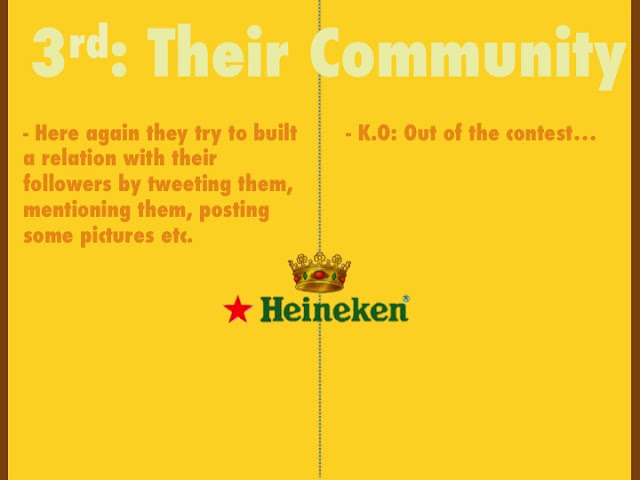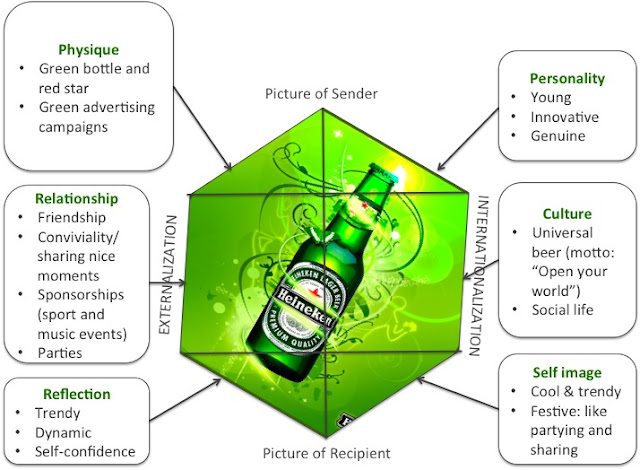What is brand resonance?
In Strategic Brand Management: Building, measuring, and managing brand equity Keller outlines the four main steps to build a brand as strong as possible:
1) Establishing the brand identity to create brand awareness
2) Creating the right brand meaning through brand associations
3) Extracting positive and accessible brand responses
4) Building a strong loyal relationship with customers
Keller involves six brand-building blocks to achieve these four steps into the CBBE (Customer Based Brand Equity) pyramid model: brand salience, brand performance, brand imagery, brand judgements, brand feelings and brand resonance, which is the most valuable brand-building block. Actually brand resonance occurs when all the other brand-building blocks are established.
The two brands want to position their product as premium larger beers, Heineken as the universal premium beer and 1664 as the traditional French beer. Both of them have built a consistent brand identity, but Heineken's identity is definitely stronger than 1664's. Indeed, Heineken's target can clearly understand the values it wants to convey, that the image of the brand perceived by the customers is consistent with the way Heineken wants to be perceived. 1664 has also premium value but it doesn't play well enough with its strategies, especially with its retail strategy. 1664 should have more agressive marketing and communication strategy to increase consumers' brand awareness. Being more consistent would make its values easier to understand.

























